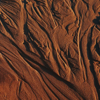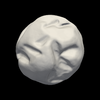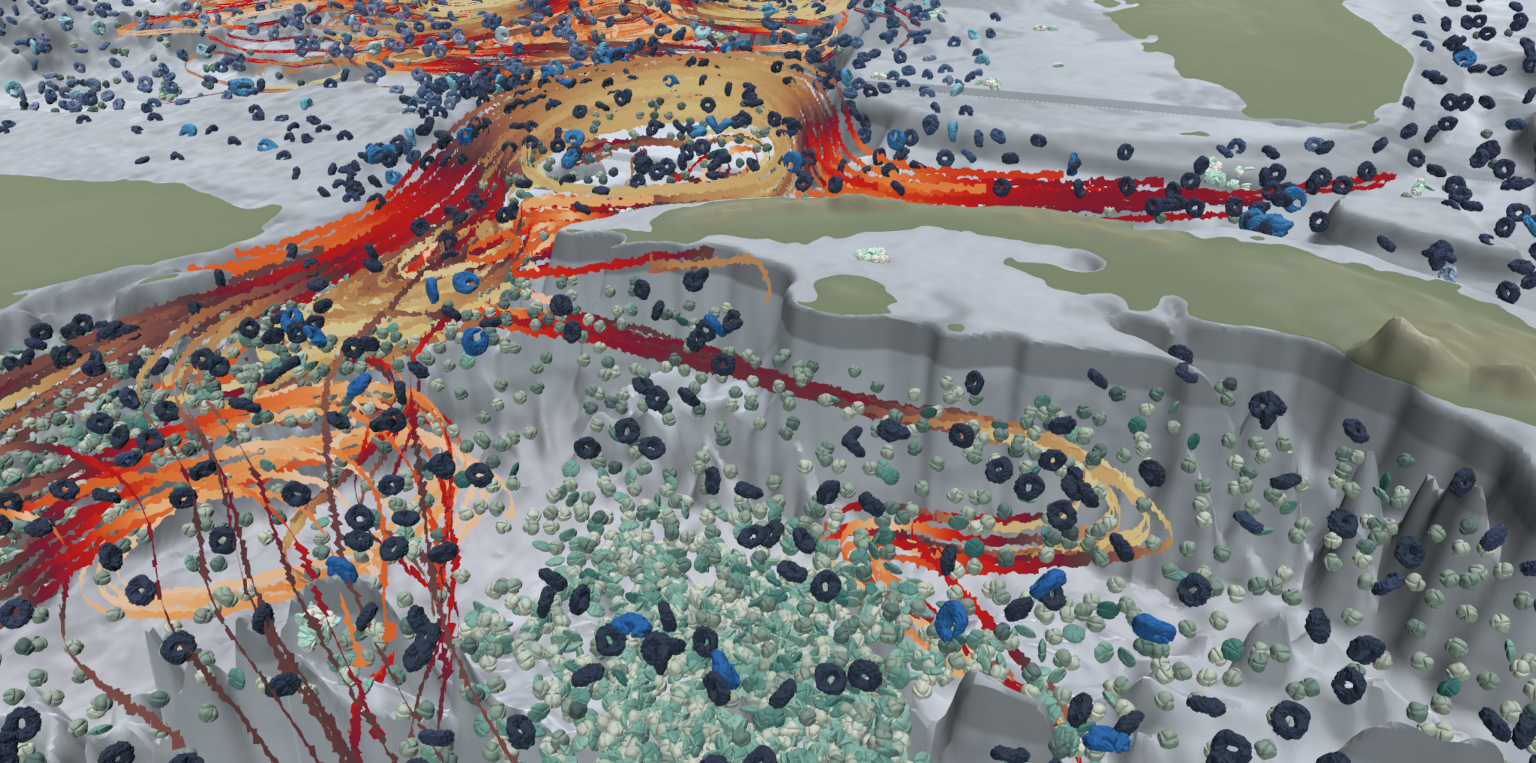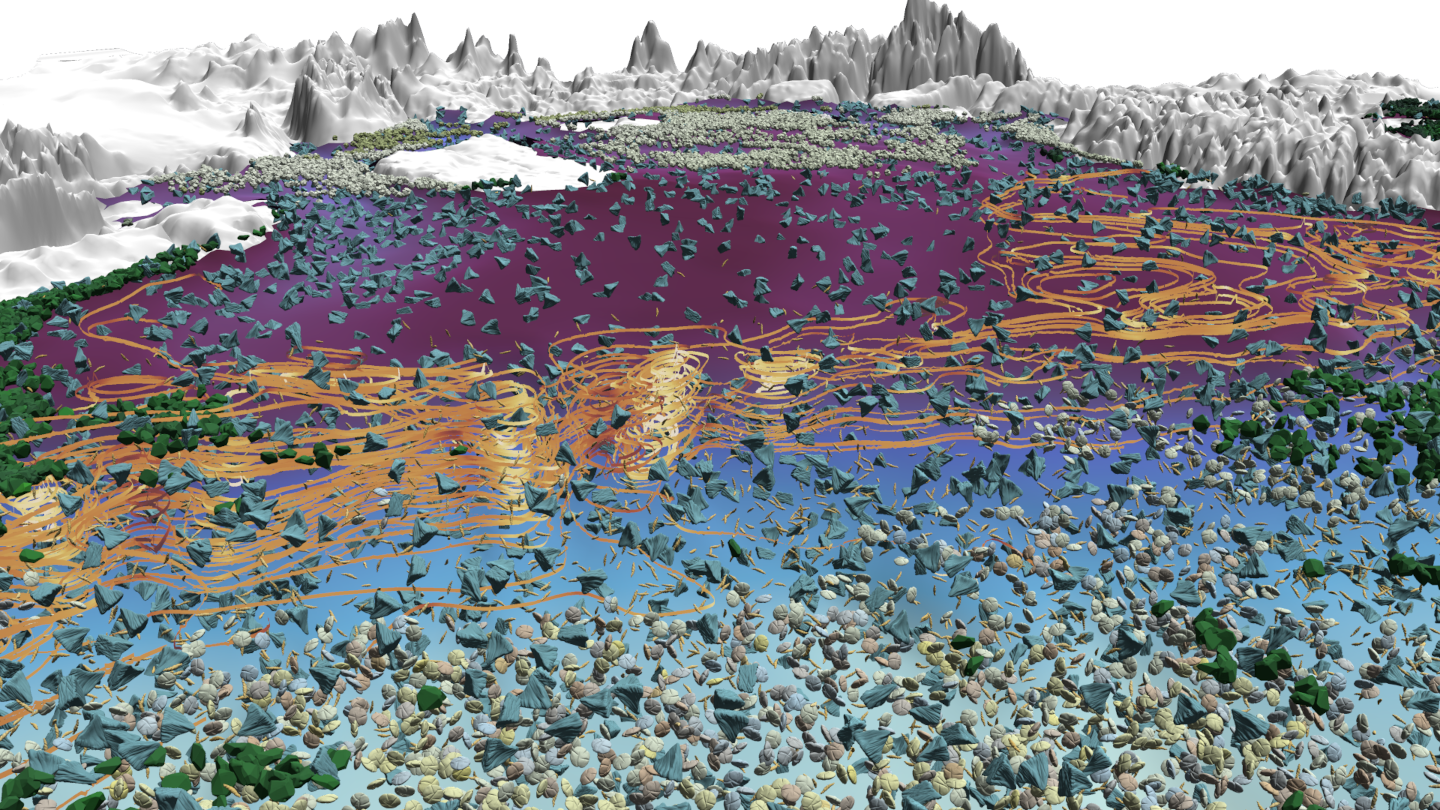Artifact-Based Rendering Engine
The purpose of the Artifact-Based Rendering Engine (ABR Engine) is to provide artists with tools and techniques to create high-fidelity visualizations of multivariate spatiotemporal data using their own traditional-media creations, such as:
Colormaps inspired by nature

Sketched / inked lines

Textures gathered from the real world

Hand-sculpted clay glyphs

With ABR as a tool in their studio, artists have created images like the following:
 Gulf of Mexico biogeochemistry visualization created by artist Stephanie Zeller
Gulf of Mexico biogeochemistry visualization created by artist Stephanie Zeller
 Ocean currents underneath the Filchner-Ronne Ice Shelf in the antarctic by artist Francesca Samsel
Ocean currents underneath the Filchner-Ronne Ice Shelf in the antarctic by artist Francesca Samsel
The ABR Engine was created and is maintained by the Sculpting Visualizations Collective.
Getting Started with ABR
ABR can be used as both a programming-free visualization design tool (i.e., ABR Compose mode), and as a standalone visualization package in Unity (i.e., C# mode). Before getting into specifics of either of these modes, it is important to understand a few concepts about ABR. Give each of these core concepts a read through before diving into creating with ABR:
Next steps
Follow along with the ABR Vis App tutorial to set up ABR to create your first visualization. This tutorial introduces ABR Compose mode.
Follow along with the ABR C# Introduction tutorial to set up ABR with C#. This tutorial introduces scripting with ABR, which enables you to develop deeply customized and interactive applications with ABR.